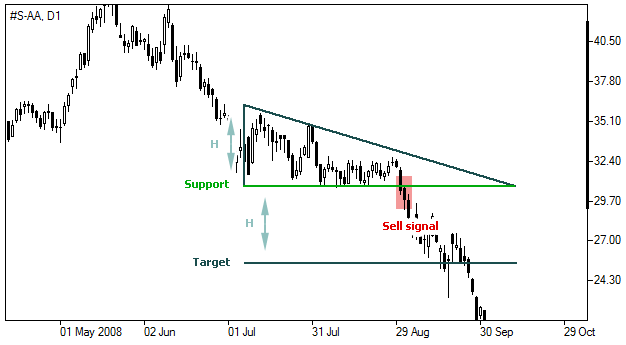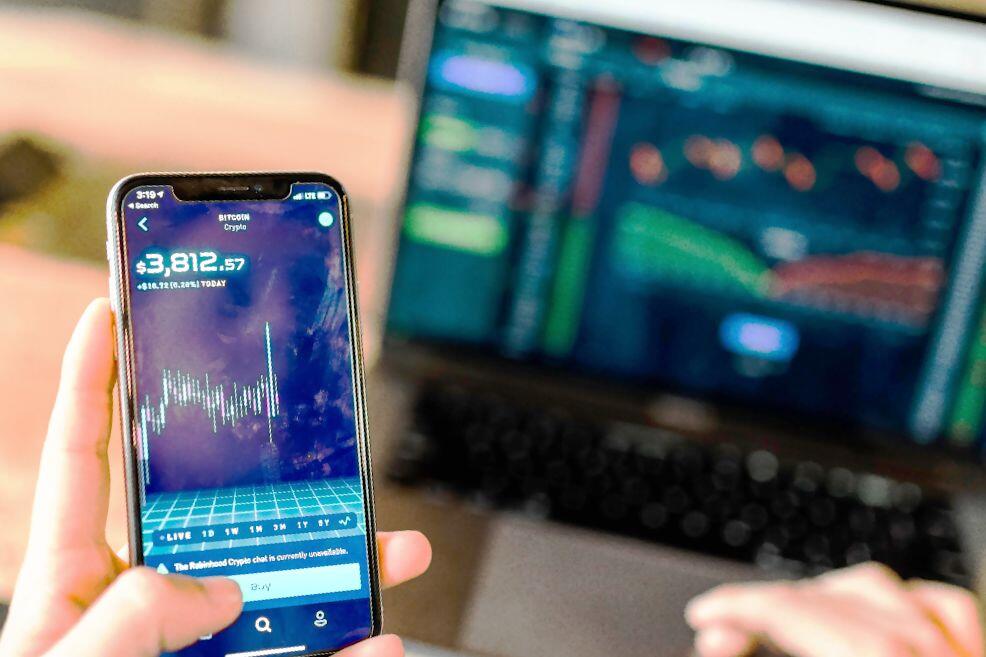day trading strategies: Day Trading Guide for Getting Started


Quite a few people seek to make money withday trading strategies, but such activities are highly risky. Investing for the long term by buying and holding investment instruments can make a lot of sense. Naturally, knowing exactly when to enter and when to exit from an investment opportunity is thebiggest factorin day-trading profitability. A competent day trader will study longer-term market trends to gain an understanding of what shorter-term changes may mean. Beginner day traders notoriously overestimate their ability, start trading with real money, and lose.
Doing this will help you identify its pros and cons without risking your own money. Stock scanners, probably, are the only must-have tool you should use to find the best stocks. But having a stock watchlist can also give you a nice advantage. Find pros and cons of the approach – We recommend that you try to find pros and cons of this trading. Reading books and watching videos can help you find a good strategy.
In any case, you should decide up front which instruments will work best for your preferredlevels of risk. Others prefer to analyze news while still others rely heavily on the visual study of charts . In addition to this macro difference, there are others that contribute to further fragmenting the types of traders.
All Day Trading Strategies Require Risk Management
Strong-resistance,Fibonacci-number, 50MA or 200MA exit strategies all have been successfully used to sell investments in a timely fashion. The most important one is surely the one that differentiates the analysis phase of a company/sector before opening the trade. Many traders like to use technical indicators, tools that are in turn divided according to the needs and what we want to analyze .

Highly skilled traders can make 7 figures a year while new traders that are profitable can be anywhere from $200-$500 a day. On the 10th trade, when the position is down $50, instead of accepting the loss the untrained trader purchases more shares at a lower price to reduce his cost basis. In other words, if you have a $5,000 account, you can only make three day trades within a rolling five-day period. Let’s say you are looking to make $100 a day but you only have $1,000 to put towards your day trading account. My point is you don’t need a large amount of money to start day trading. The reason scanners are so important is because you need to trade the right stocks.
With enough experience, skill-building, and consistent performance evaluation, you may be able to improve your chances of trading profitably. Finally, day trading involves pitting wits with millions of market pros who have access to cutting-edge technology, a wealth of experience and expertise, and very deep pockets. That’s no easy task when everyone is trying to exploit inefficiencies in efficient markets. It’s not always easy for beginners to implement basic strategies like cutting losses or letting profits run. What’s more, it’s difficult to stick to one’s trading discipline in the face of challenges such as market volatility or significant losses.
Cash Account
Paying close attention to such details can significantly reduce the risks and increase the potential upsides for your investments. Before too long, you’ll have a selection of strategies that will help you achieve long-term success as a day trader. As you gain more experience as a day trader, you’ll get to know additional strategies, including variations on the ones highlighted above. They are typically slower to navigate and can be hard to trade fast moving stocks on.
That said, market reaction to such fundamental data should be monitored by day traders for trading opportunities that can be exploited using technical analysis. More sophisticated and experienced day traders may employ the use of options strategies to hedge their positions as well. You’ll often hear it said that a successful trader cuts losing trades quickly but allows profitable trades to run, and that’s as important in day trading as in any other strategy.
The term “metaverse” was coined by author Neal Stephenson in 1992, painting with astounding accuracy a picture about technology that would eventually leave the fictional realm. Barbara A. Friedberg, MBA, MS, brings decades of finance and investing experience. News & World Report, Investopedia, Yahoo! Finance, GOBankingRates, InvestorPlace and many more publications.
Day Trading Rules for Margin Accounts
This means that the stock is doing something that it hasn’t done all year and that the price action is very clean. First, we must ask ourselveswhat we expectfrom strategies that are on the move. Use a demo account – You should then move to a demo account to create and test your trading strategy.
Scalping is a short-term trading strategy that takes small but frequent profits, focusing on achieving a high win rate. The theory is that you can just as easily build a big trading account by taking smaller profits time and time again, as you can by placing fewer trades and letting profits run. Scalping requires a very strict exit strategy as losses can very quickly counteract the profits.
Always use risk management
Once you have a specific set of entry rules, scan more charts to see if your conditions are generated each day. For instance, determine whether a candlestick chart pattern signals price moves in the direction you anticipate. While trend traders seek to take advantage of long-term market trends, swing traders tend to be more interested in the small reversals in a market’s price movement. They attempt to spot these reversals ahead of time, and trade to make profits from smaller market moves. If the trend is upwards, with prices making a succession of higher highs, then traders would take a long position and buy the asset.
You may have taken a few quality trading courses, read a book or two, and have been watching our daily trading breakdowns and feel like you’re ready to trade. It took me about 2 years to develop the strategy I trade. You can either adopt a strategy already being actively traded by other traders, or you can create your own. I take pride in being one of the most transparent traders out there with all my trades verified and even posted on our YouTube channel.
How Do I Get Started Day Trading?
Ariel Courage is an experienced editor, researcher, and former fact-checker. She has performed editing and fact-checking work for several leading finance publications, including The Motley Fool and Passport to Wall Street. The offers that appear in this table are from partnerships from which Investopedia receives compensation. This compensation may impact how and where listings appear. Investopedia does not include all offers available in the marketplace.
Adequate cash is required for day traders who intend to use leverage in margin accounts. Volatile market swings can trigger big margin calls on short notice. Not all brokers are suited for the high volume of trades day trading generates. Check out our list of the best brokers for day trading for those that accommodate individuals who would like to day trade.
For one thing, brokers have higher margin requirements for overnight trades, and that means additional capital is required. The profit potential of day trading is an oft-debated topic on Wall Street. Internet day-trading scams have lured amateurs by promising enormous returns in a short period of time. Day traders are typically well-educated in the minutia of trading and tend to be well funded. Many of them add an additional level of risk by using leverage to increase the size of their stakes. Day traders, both institutional and individual, play an important role in the marketplace by keeping the markets efficient and liquid.
As the price begins to move up quickly, you must be able to find the best entry point at the time that it is happening. You can start by asking yourself how much discretionary money you have to trade with? From there you can use percentages of your account balance to make profit goals and risk parameters for your trading.
Many successful day traders risk less than 1% to 2% of their accounts per trade. If you have a $40,000 trading accountand are willing to risk 0.5% of your capital on each trade, your maximum loss per trade is $200 (0.5% x $40,000). In addition to knowledge of day trading procedures, day traders need to keep up with the latest stock market news and events that affect stocks.

